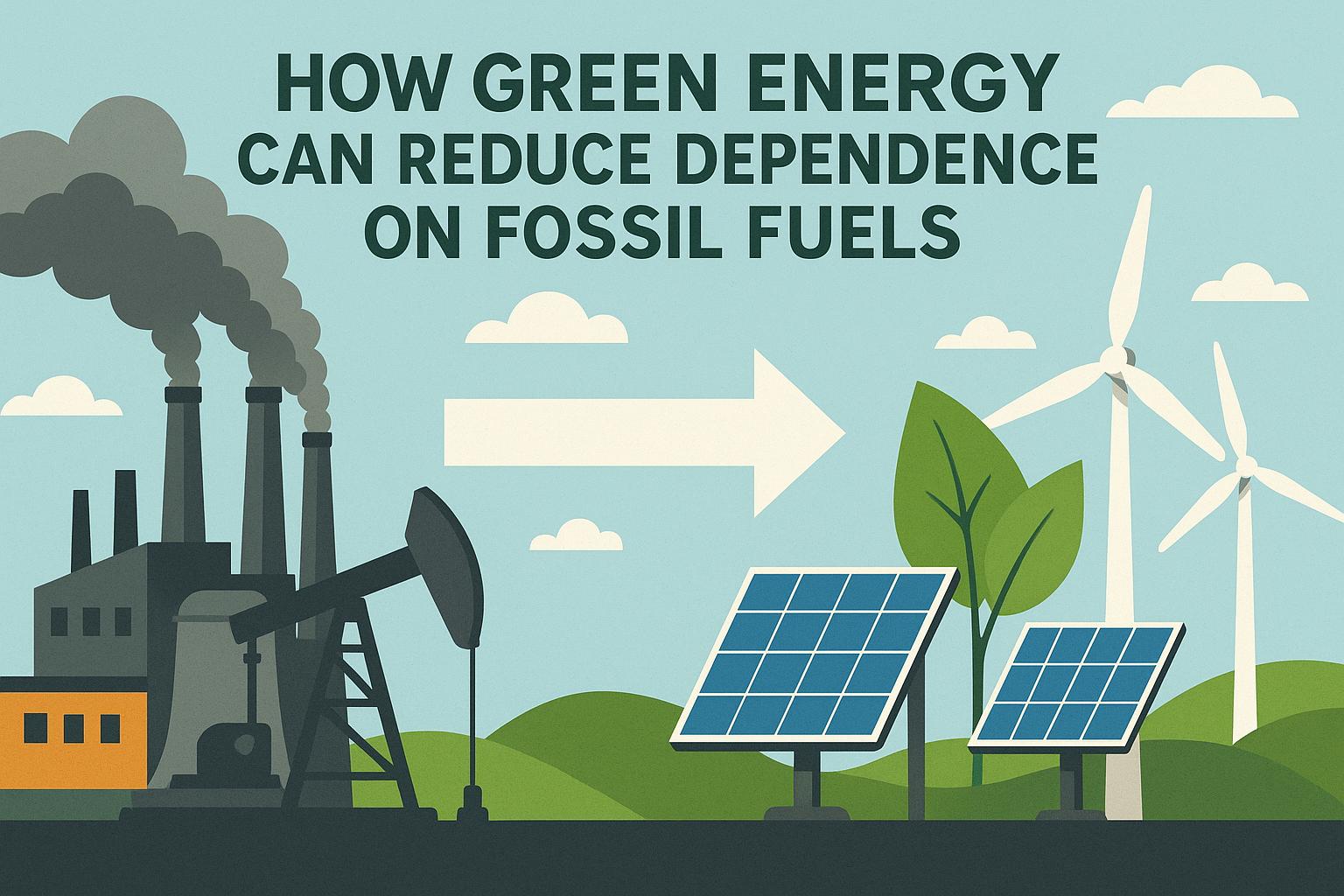
Introduction
The growing concern over climate change and environmental degradation has led to increased interest in alternative energy sources. Addressing these global challenges requires a comprehensive strategy, in which green energy plays a crucial role. By harnessing the potential of natural resources, societies can concurrently tackle issues of energy security, economic stability, and environmental protection, paving the way for sustainable development.
Understanding Green Energy
Green energy, often referred to as renewable energy, is characterized by the utilization of resources that are naturally replenished. This category encompasses solar, wind, hydroelectric, geothermal, and biomass energy. Unlike fossil fuels, which are finite in nature and contribute to greenhouse gas emissions, green energy sources have a minimal environmental footprint during the production of electricity, offering a more sustainable alternative.
Solar Energy
Solar energy captures sunlight using photovoltaic (PV) cells that convert it into electricity. Over the years, significant advancements have been made in this technology, improving its efficiency and making it more affordable. The increasing installation of solar panels contributes to a reduction in dependence on traditional energy sources like coal and natural gas. As more households, businesses, and governments adopt solar power, the collective impact on reducing carbon emissions becomes increasingly substantial.
Wind Energy
Wind energy is captured through wind turbines, which convert the kinetic energy of wind into mechanical power. This mechanical power can then be converted into electricity for consumption. Regions with consistent wind patterns stand to benefit greatly from this technology as it offers a sustainable and renewable method of power generation. By offsetting the use of fossil fuels, wind energy contributes significantly to reducing the environmental impact of electricity production and promotes energy independence.
Hydroelectric Power
Hydroelectric power involves the utilization of moving water, typically facilitated through the construction of dams on large rivers. This method of energy production is well-established and presents a reliable source of continuous energy, contingent upon the availability of a consistent water supply. While there are ecological considerations, such as habitat alterations and water flow changes, hydroelectric power remains a robust alternative to fossil fuel-based energy solutions.
Impact on Fossil Fuel Dependence
The adoption of green energy solutions plays a direct role in reducing the reliance on fossil fuels. This transition helps countries diminish their carbon footprints and alleviates the geopolitical challenges associated with non-renewable energy resources. Additionally, shifting to green energy sources enables energy diversification, thereby enhancing resilience against market volatility and contributing to energy security.
Economic Considerations
Investments in green energy infrastructure stimulate economic growth by creating job opportunities in various sectors, including manufacturing, installation, and maintenance. Over time, the operational costs associated with renewable energy sources tend to decrease, offering further economic incentives for individuals and businesses. By transitioning to greener energy solutions, societies can foster a more stable and predictable energy market that benefits consumers and the economy as a whole.
Challenges and Opportunities
Despite the immense potential of green energy, several challenges persist, such as high initial costs, technology maturity, and storage solutions. However, ongoing research and innovation are addressing these barriers, making green energy more accessible and efficient. As technologies evolve and improvements are made in areas such as energy storage and grid integration, the scalability and adoption of renewables are expected to expand significantly. This progress not only contributes to reducing fossil fuel reliance but also enhances the overall sustainability of energy production worldwide.
Conclusion
The strategic shift towards green energy is imperative for achieving sustainable development. By reducing dependence on fossil fuels and investing in renewable energy technologies, societies can protect the environment, bolster energy security, and enhance economic stability. The momentum for green energy adoption continues to grow, fueled by technological advancements and the urgent need for a cleaner and more sustainable energy future. Through these concerted efforts, a path towards a more resilient and environmentally conscious world is forged.